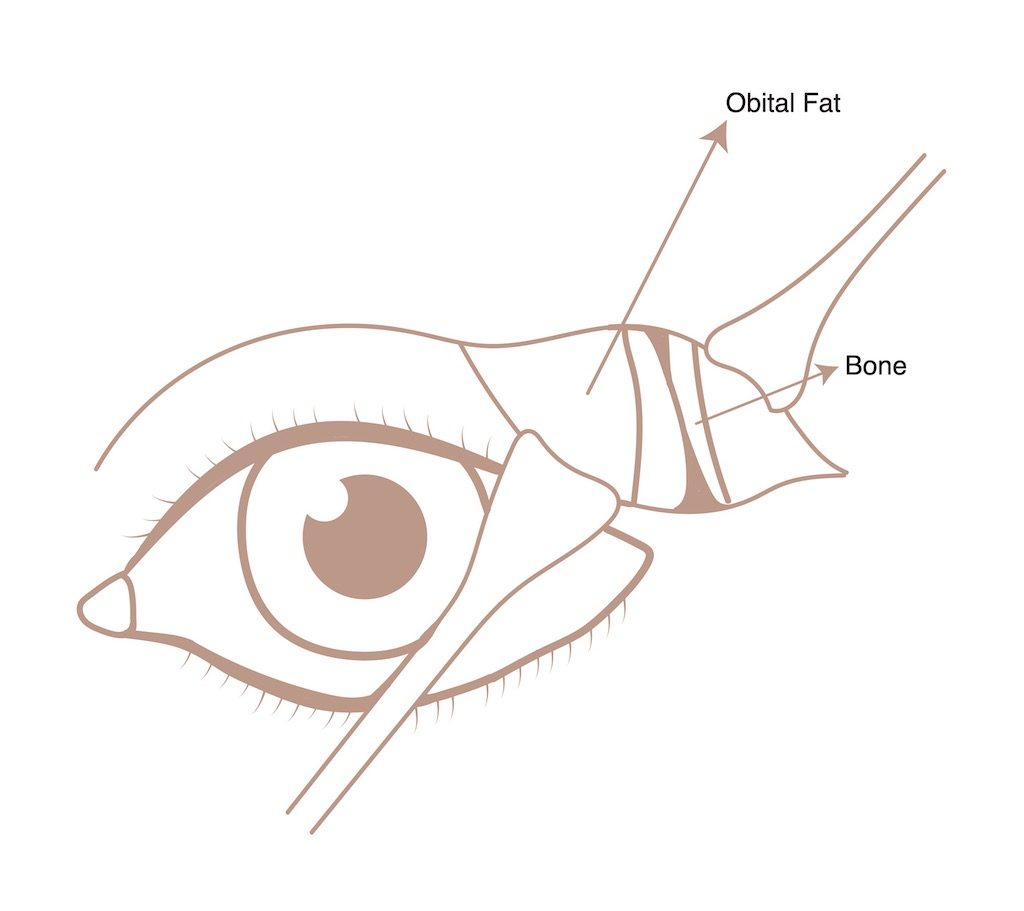 Photo Credit: Photo by Haute Beauty
Photo Credit: Photo by Haute Beauty
Orbital Decompression is Dr. Viraj J. Mehta’s specialty. Dr. Viraj Mehta is an Oculofacial Plastics and Orbit expert. Born and raised in Cincinnati, OH, Dr. Viraj J. Mehta attended Cornell University for undergraduate and business school. He went on to complete his medical education and training at Case Western Reserve University School of Medicine, Memorial Sloan Kettering Cancer Center, and Mayo Clinic. Dr. Mehta is excited to utilize his elite training to help patients look and feel their best!
Dr. Mehta’s expertise and passion is in the eyelids, face, and orbits. After completing an American Society of Ophthalmic Plastic & Reconstructive Surgery (ASOPRS) accredited fellowship, Dr. Mehta joined Washington Eye Physicians & Surgeons in Chevy Chase, MD. He performs numerous cosmetic and reconstructive surgeries, including blepharoplasty, droopy lid (ptosis) repair, brow lift, mini-facelift, and much more. Dr. Mehta also provides a full range of non-surgical procedures, such as neuromodulators (ex. Botox) and filler (ex. Restylane) injections, to help his patients feel and look refreshed.
Dr. Mehta takes the time to listen to his patients’ unique needs and expectations. His primary goal is to collaborate and work with his patients to improve their features, enhance their natural beauty, and achieve a refreshed look.
Haute Beauty sat down with Dr. Viraj J. Mehta to discuss Orbital Decompression on the eyes:
HB: What is Orbital Decompression?
Bulging eyes, or proptosis, occurs when the eyes protrude from the eye sockets. Not only does this give people a “staring” or “big eye” look, but it can be uncomfortable, painful, and lead to other problems like dry eyes or double vision. The most common cause of bulging eyes in adults is Thyroid Eye Disease, or Graves’ Ophthalmopathy. Other causes include masses or tumors in the eye sockets. Sometimes this is just the way your eyes have always been and there is no medical reason. The eyes can be set back to a more natural location through a procedure called Orbital Decompression. First, a thorough medical evaluation by an Oculoplastics and Orbit specialist needs to be completed to make sure there is no medical cause for the bulging.
HB: How is an Orbital Decompression surgery accomplished?
Orbital Decompression surgery can be customized for the patient. Usually, a small incision is made in your natural eyelid crease or in the corner of your eyelids. This gives the surgeon access to the space around and behind the eye. Then, depending on how far back the eyes need to be set, bone is shaved away, and some fat is taken out to create more space in the eye socket. Once the swelling resolves, the eyes will then gradually sit further back in your eye sockets, in a more natural and comfortable position.
 Photo Credit: Courtesy of Dr. Viraj Mehta
Photo Credit: Courtesy of Dr. Viraj Mehta
HB: Who is a good candidate for this surgery?
Orbital decompression is a very delicate procedure. As you can imagine, the space behind the eyes is high-value real estate. Extreme care has to be taken to make sure there is no significant bleeding and no damage to the optic nerve or eye muscles. Any adult patient, who is otherwise healthy, is not on blood thinners, and is bothered by their bulging eyes is a good candidate.
HB: How do you work with patients to achieve the desired outcome?
Orbital Decompression surgery can be customized for each patient. The patient undergoes a general eye exam, imaging, and lab work to evaluate for medical reasons for bulging eyes. We then discuss goals and expectations of surgery, specifically how far does the patient want to set the eyes back. We also discuss how you want the eyelids to look because eyelid position will be affected.
 Photo Credit: Courtesy of Shutterstock
Photo Credit: Courtesy of Shutterstock
HB: Does this require more than one treatment?
The surgery can be done in just one surgery, or it can be staged, depending on each individual patient. Patients may also require eyelid surgery in addition to their orbital decompression. The additional eyelid surgery can be done at the same time as decompression surgery or scheduled afterwards.
HB: Are results permanent?
The results are typically permanent. Once the eyes are set back to their desired location, the patient can expect them to stay that way, unless there are other medical issues.
HB: What is the recovery process like?
Patients typically do very well after decompression surgery. Bruising and swelling resolves over 1-2 weeks. Pain is tolerable, but sometimes does require prescription pain medication for the first 2-3 days. I generally ask patients to take it easy with no bending, heavy lifting, or straining for 1 week, and then they can gradually increase their activity. Because the incision is hidden in the eyelid crease or at the corner of the eyelids, it heals very well, and is often not noticeable after a few weeks. Patients typically feel great after a week, and the eyes can continue to settle into their new position for 3-6 months after the surgery.
HB: What is the average cost?
The typical cosmetic cost for orbital decompression ranges from $7,500 to $15,000 depending on the complexity of the case, and how far the eyes need to be set. This surgery can also be combined with additional procedures to fix the eyelids, which can add anywhere from $3,000 to $10,000.
About Haute Beauty:
Haute Beauty offers readers access to an invite-only, prominent collective of leading doctors and industry-leading aesthetic surgeons located in their area. Haute Beauty is affiliated with the luxury lifestyle publication Haute Living. As a section of Haute Living magazine, Haute Beauty covers the latest advancements in beauty and wellness, providing readers with expert advice on aesthetic and reconstructive treatments through its network of acclaimed surgeons.
For more information about Haute Beauty, please visit: https://hauteliving.com/hautebeauty/staging/
For more information, visit Dr. Brian A. Levine's social media:

























